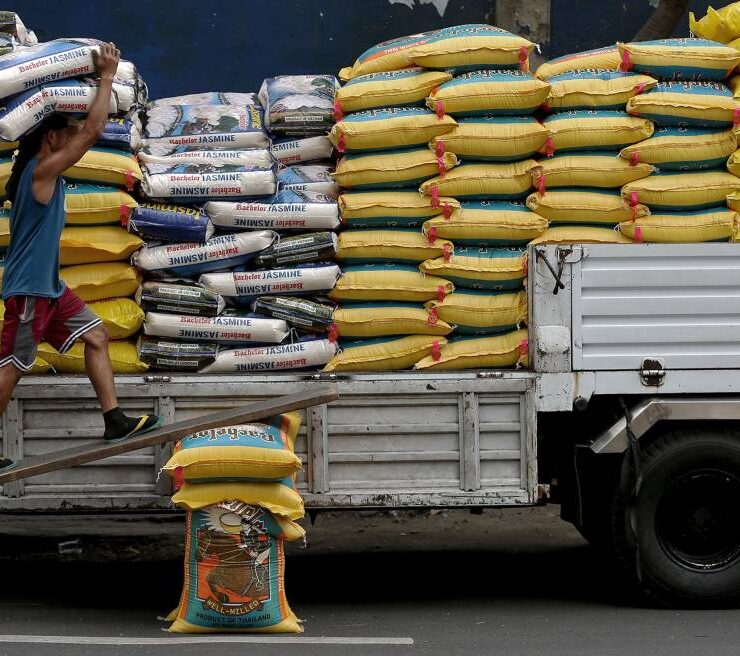More ash from Kanlaon threatens sugar supply

Local sugar production may decline further if Mt. Kanlaon’s eruption would dump more ash onto sugar plantations in the Philippines, according to the Sugar Regulatory Administration (SRA).
SRA administrator Pablo Luis Azcona said in an informal gathering on Tuesday that ashfall from Mt. Kanlaon would have “a burning effect” on sugarcane, which would result in a diminished harvest.
“The main problem according to technicians and scientists is the acidity of ash,” Azcona told reporters.
He said that if the ash stays longer on sugarcane leaves, plants could die as this harmful compound could burn them and cause early maturation.
“The sugar (in the sugarcane) will turn into vinegar, more or less, so the plant will die,” Azcona added.
Although the impact of the eruption last June was minimal, Azcona said latest reports indicated that La Carlota, one of the largest sugarcane areas in the country, was affected by the volcanic eruption.
He said that La Carlota is home to one of the biggest single mills in Negros while the Association of Farmers of Carlota and Pontevedra Inc. (Aalcpi) is among the biggest sugar groups nationwide, accounting for 10 percent of the entire sugar production.
Azcona also said Bago City has areas for sugarcane cultivation although rice is the primary commodity cultivated in the area.
Citing the monitoring of the local government units in Western Visayas, the SRA said other affected areas in Negros Occidental include La Castella, Pontevedra, San Enrique, Hinigaran, Valladolid and Pulupandan.
Azcona said that if standing crops get affected, the country’s buffer stock of sugar would take a hit.
Mt. Kanlaon erupted anew on Monday, spewing heavy ashfall and emitting strong sulfuric fumes. The last eruption was recorded on June 3, damaging P84.1 million in crops and fisheries.
Even before the eruption, the SRA had estimated that local output would decline to 1.78 million metric tons (MT) for crop year September 2024 to August 2025 from the 1.922 million MT of sugar produced in 2023-2024.
The agency attributed the lower projection to “the anticipated negative effect of the prolonged El Niño phenomenon, unless the La Niña phenomenon brings about an increase in production.”





















